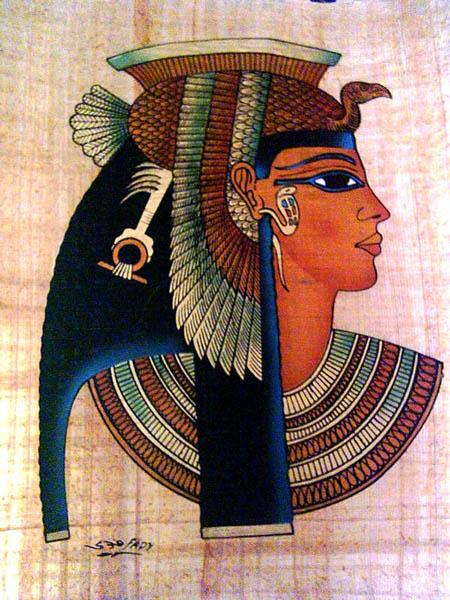The first main difference is what each city was based on. Sparta was strong in their military and started training their men at early ages. Athens, however, was very different. It focused on economical stature rather than their military forces. Sparta lied in the Peloponnesus, which lied in southern Greece. The Sparta government consist of two kings and a council of elders who advised the monarchs. In this city-state a spartan prepared for the military at childhood. Another doing of the Spartans was to detect if a new born was healthy enough to live. They either wanted healthy warriors of healthy mother of warriors. This was the main economic structure of Sparta.
These babies that were left out to die were sometimes adopted by other families and brought up to be slaves. (Vernerey, 14)
One way in which Sparta was a military based city-state was how they treated the young boys. When they were only seven they were taken from their families to live in army barracks. Their whole lives were dedicated to learning the arts of war. (Pearson, 56)
Athens, however, started with an aristocratic government. This did not work so they soon changed to a democracy. This change occurred because the people didn't like that the economy was forcing them into debt. This debt often became so bad that the Athenians had to sell their families and themselves into slavery. This was the main economic structure of Athens.

The Athenians and Spartans also had many comparisons. Their population was different; Athens had approximately 140,000, while Sparta had Approximately 100,000. They also had dissimilar government systems. The Athens created a city-state of democracy. Sparta created city-state of oligarchy. Athens had elected officials that included 10 generals and magistrates. The Athenian assembly was open to all citizens. They met on the Hill of the Pnyx at the foot of the Acropolis. At the top of the Spartan government were two kings. These kings had the job of general in command of the army and some religious duties. There were five overseers. Their job was to run the day-to-day operations of Sparta. In the Sparta government there were also a council. It was their job to be judges and proposed laws to the citizens. There were 28 men in the council. Sparta also had an assembly. It consisted of all Spartan males 30 years and over. In both government systems women were not to participate in the political life. Another of the differences were the social classes of these ancient civilizations. In the Athenian social class there were freemen; they were all the male citizens. The freemen were split up into three classes: the aristocrats, small farmers, and the thetes. There were also the Metics and slaves. In the Spartan civilization the social structure was similar. There were also three main classes: the Spartiates, the Perioeci, and the Helots. Both, Athens and Sparta had a military strength. For the Athenians it was their navy. For the Spartans it was their army, they were known as the best and most feared fighters on land. These are some of the comparisons between the Athenians and Spartans.
Even thou Athens and Sparta were very different they both managed to become dominating powers in Ancient Greece.
They also both fought each other.
Athens and Sparta were two rival city-states, but at one time they had been united to protect the Greek states from a series of invasions by Persia. There were three major battles against the Persians: the Athenians stopped the Persian king Darius’s invasion of the Greek mainland at the battle of Marathon in 490 BCE. Under their new king Xerxes, the Persians regrouped and invaded Greece again, occupying more than half the country before being defeated by a coalition of 31 city-states, fighting together as Greeks to defend their homeland. Led by Athens and Sparta, the Greeks defeated the Persians at the battle of Salamis in 480 and at Plataea in 479 BCE.http://www.indiana.edu/~thtr/2002/lysistrata/war.html

These are some of the comparisons between the Athenians and the Spartans. Despite their differences they were both great city-states that modern day people should look back upon.
Vernerey, Denise, The Ancient Greeks: In the Land of the Gods. The Millbrook Press Inc., Connecticut, 1992.
Pearson, Anne, Ancient Greece. DK Publishing Inc., New York, 2004.






